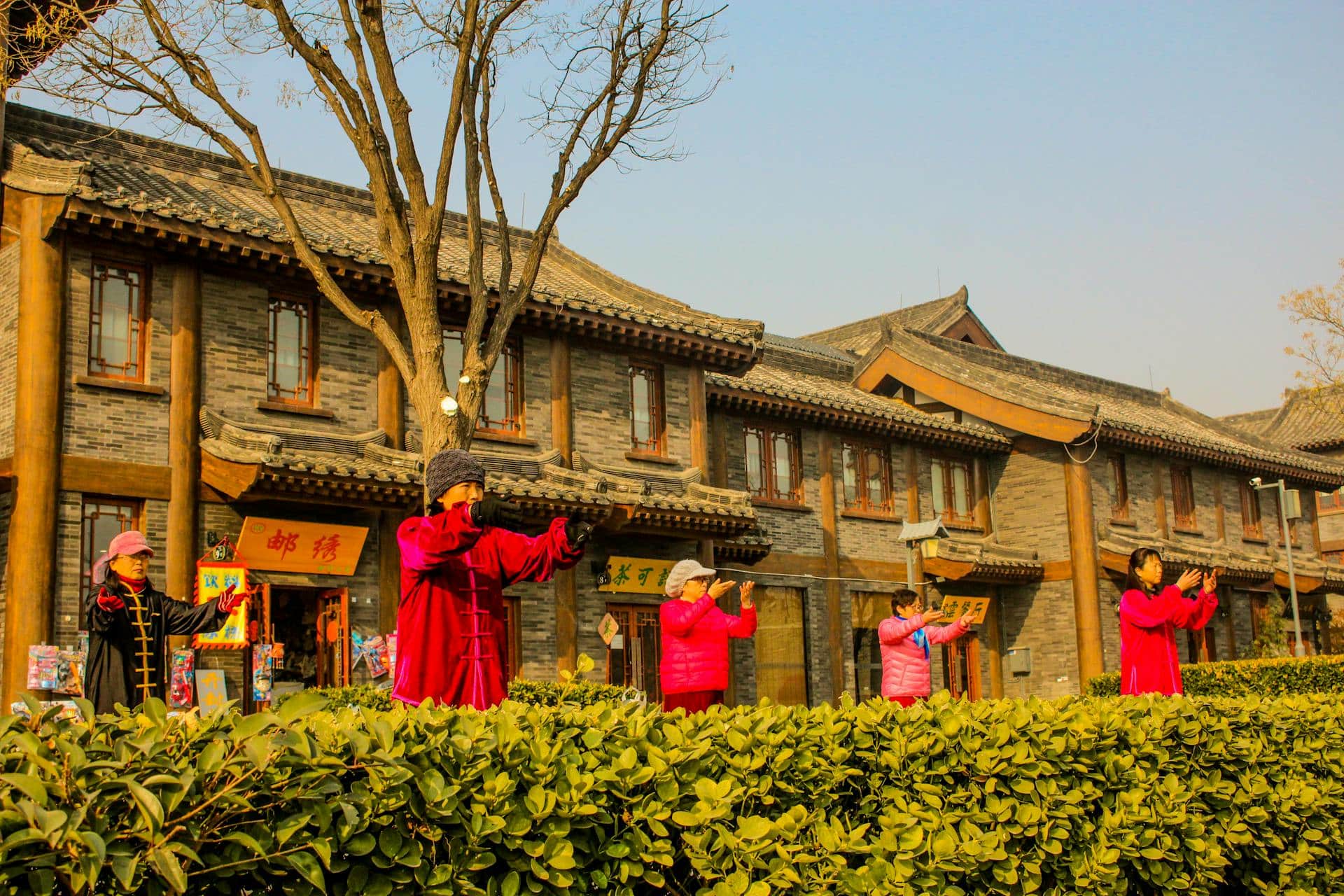When it comes to supporting older adults, Japan is leading the charge—and let’s just say, they’re doing it with style. Their “age-friendly cities” have taken the aging process from something to dread into something you can look forward to (for a change). So, how are they doing it? And how can the U.S. take a few pointers? Let’s dive in.
- Public Spaces: More than Just Benches and Birdwatching
In Japan, parks and community centers aren’t just places to pass the time—they’re lively hubs where older adults meet up for fitness classes, social events, or maybe just a good chat. It’s like the neighborhood coffee shop but with more tai chi and fewer overpriced lattes. The focus? Keeping people connected and active, which makes a big difference as we age. - Transportation: Because Nobody Wants to Be Stuck at Home
Public transport in Japan has figured out the secret to helping seniors stay mobile—clear signage, accessible designs, and a transportation system that doesn’t make you feel like you’re trying to navigate a maze. It’s the kind of setup that makes you wonder why more cities haven’t caught on yet. The freedom to hop on a bus or train without it being a hassle? Priceless. - Wellness Programs: Health Isn’t Just a New Year’s Resolution
Japan’s cities go beyond basic healthcare by offering regular wellness programs specifically for older adults. Think of it like a well-curated health routine that doesn’t feel like a chore. Free fitness classes, health check-ups, and mental health support are all part of the mix. It’s a system that understands healthy aging means more than just staying on top of your step count—it’s about feeling good, too.
The National Library of Medicine explores this at length HERE : “With this in mind, the Japanese government has proposed the establishment of a “Community-based Integrated Care System” by 2025, when baby boomers will be 75 years or older. The purpose of this system is to comprehensively ensure the provision of healthcare, nursing care, preventive care, housing, and livelihood support in each community.”
What Can the U.S. Learn?
There’s a lot we can take from Japan’s approach—starting with making our cities more livable for people of all ages. Picture more parks designed to foster a community (and not just look pretty), public transport that doesn’t make you regret leaving the house, and wellness programs that actually make you want to participate. It’s not rocket science, but it could transform how we age. There is an even much deeper dive with HERE.
Japan is showing us that aging doesn’t mean winding down—it means finding new ways to stay engaged, healthy, and independent. With a little creativity and some practical changes, the U.S. can do the same, and create environments where growing older is just another exciting chapter. It’s this style of cultural transmission that we have always used to make our country better. So to make our country better, we should take care of those who have gotten us here.

